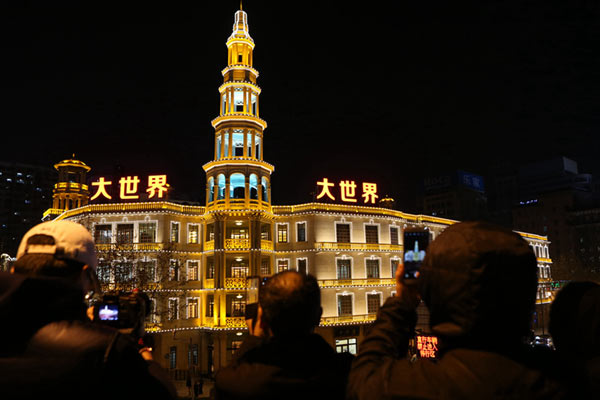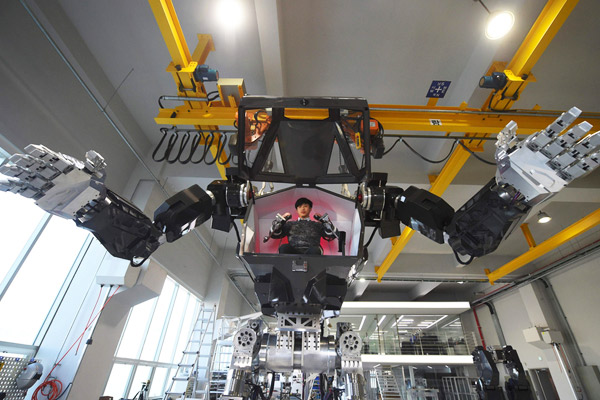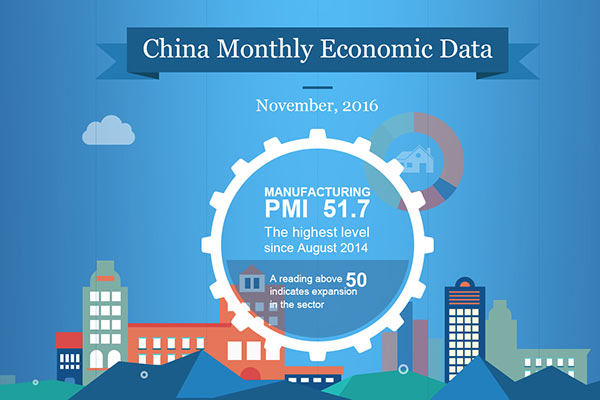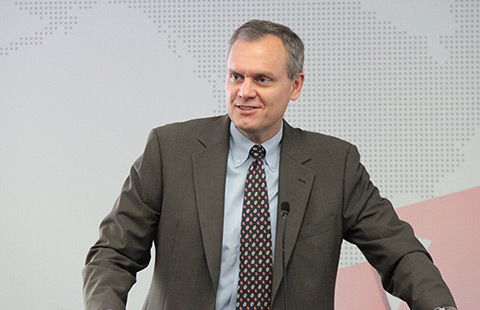PMI levels 2nd highest of year despite drop
China's purchasing managers index for both manufacturing and nonmanufacturing sectors in December were the second-highest monthly levels in 2016, despite dropping slightly compared with the previous month.
Both remained in the expansion zone, indicating the economy continued to recover, analysts said.
The official manufacturing PMI stood at 51.4 in December, compared with 51.7 in November. A reading above 50 indicates expansion while below 50 suggests contraction.
Nonmanufacturing PMI, a measurement of the services sector, stood at 54.5 in December, down from 54.7 in November, but well above the 50-point mark. Readings of both indexes in December are higher than their average for the whole year.
"Production and market demand continued to grow at a stable pace and the relationship of supply and demand continued to improve," said Zhao Qinghe, a senior statistician with National Bureau of Statistics. The production subindex dropped to 53.3 from 53.9 in December, which is the main contributor to the overall fall of the manufacturing PMI, Zhao said.
The new orders subindex was flat at 53.2, unchanged from the previous month, while high-tech and equipment manufacturing subindexes were higher than the overall PMI reading, indicating the new growth engines had served as a major driving force for overall economic growth, he said.
The December readings show that the Chinese economy continued on the track of stable recovery, said Deng Haiqing, chief economist of JZ Securities.
"Moreover, PMI for the construction sector remained the second highest in 2016, which indicates that real estate investment has yet to be substantially affected by the tightening measures adopted in recent months," he said. "The government hopes to control housing price increases, but it does not want the market to collapse."
China may face the challenge of a double-dip slowdown in the second quarter of this year as the effect of real estate tightening begins to surface, said Ren Zeping, chief economist of Founder Securities.
While the overall economy shows signs of continued improvement, Zhao said the rising prices of major production materials and logistics costs have had a negative effect on businesses, pushing up their operational costs and lowering their profits.
Zhao also said the PMI for large enterprises was 53.2, down slightly from 53.4 in November, while that for mid-sized enterprises was 49.6 and for small enterprises, 47.2. Both were down from the previous month.
"Our surveys show that the proportion of small enterprises that said they were experiencing shortages of funds was nearly 60 percent, the highest level this year, indicating that financing difficulties remain among the main challenges for small businesses."
China's GDP growth, 6.7 percent year-on-year in each of the first three quarters of 2016, is set to meet its annual target of 6.5 to 7 percent.























